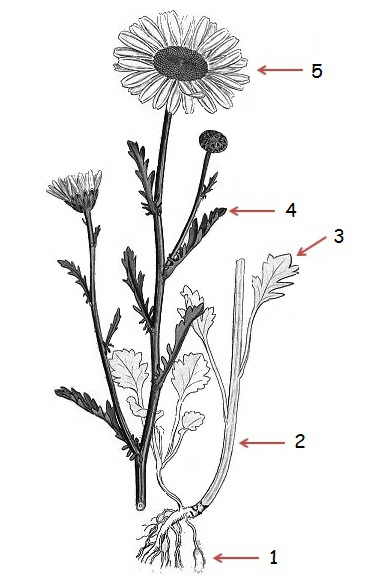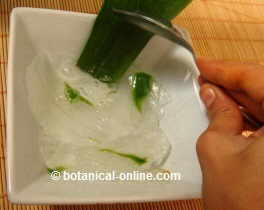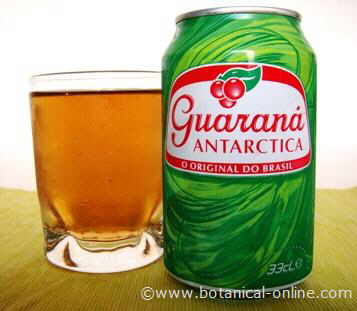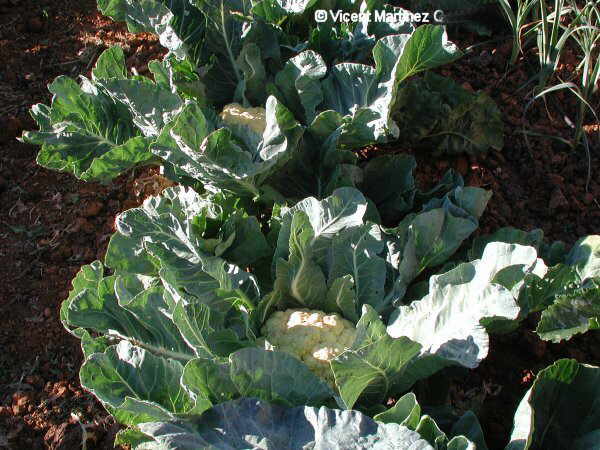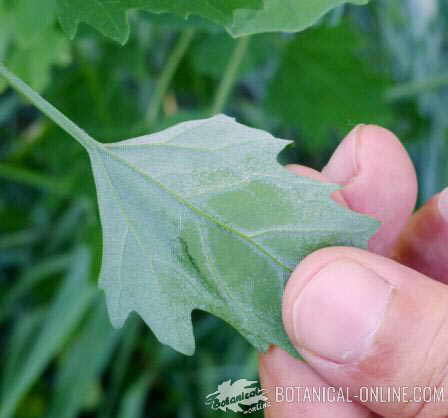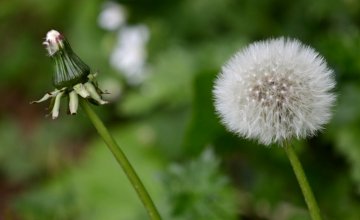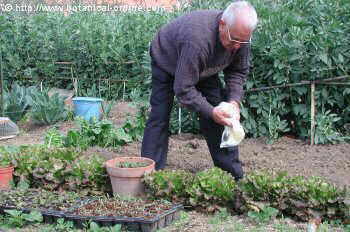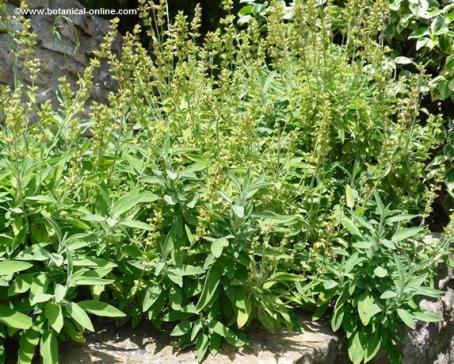Contents [show]
GREATER CELANDINE AS A POISONOUS PLANT
Can celandine be toxic?
Yes, celandine is a toxic plant. It contains a corrosive caustic juice, and it is rich in toxic alkaloids. Its medicinal use must be carefully controlled. It is Not recommended for internal use.
Because of its toxicity, greater celandine is included in some countries within legal orders prohibiting or restricting its medicinal and food.
The toxicity decreases when the plant is dried, as well as drying it decreases their medicinal components.
What toxic components greater celandine has?
All parts of the plant contain toxic components:
- Isoquinoline alkaloids: this plant contains over 30 different alkaloids. It specially contains; chelidonine, sanguinarine, berberine, protopine, allocryptonine, magnoflorine, stylopine, coptisine and derivatives.
- Latex: the sap or the juice of this plant contains latex. This natural substance is caustic or abrasive, and is used externally in remedies for warts and corns. Its use can cause blisters, vesicles, skin burns and poisoning, even paralysis.
 Botanical illustration of greater celandine (Chelidonium majus)
Botanical illustration of greater celandine (Chelidonium majus)
Celandine poisoning symptoms
Celandine treatments can aggravate existing liver disease, or cause acute hepatitis. Greater celandine is Not recommended for internal treatment, nor should you take it if you have liver disease.
* See: Plants for the liver.
Among the main poisoning symptoms, we have the following:
In contact with the skin
- Contact dermatitis from the fresh plant.
- Vesicles, blisters or skin ulcers.
- Skin burns
- Burning in the mouth, nausea and vomiting. In this case, use gargles or inhalation of the plant.
If ingested (in tea, food, capsules, etc..) or inhaled it can cause:
- Heartburn, stomach ulcer, abdominal pain, diarrhea (with or without blood)
- Respiratory tract irritation
- Dyspnea
- Persistent or violent cough
- Sleepiness produced by narcotic alkaloids
- Nerve paralysis
- Long treatments can cause carcinogenesis.
- The extract or fresh plant preparations can cause kidney and liver damage.
Precautions when using greater celandine
- Do not take if you are pregnant or breastfeeding, because it can cause miscarriage or harm the baby.
- Do not administer to children under 12. It can trigger allergies.
- Do not eat the fresh plant . It is not an edible plant.
- Do not apply to open wounds or sensitive skin.
- Respect patterned doses.
- Do not use the roots of the plant, as they have a higher content of toxic alkaloids than the aerial parts of the plant.
![]() More information on greater celandine.
More information on greater celandine.

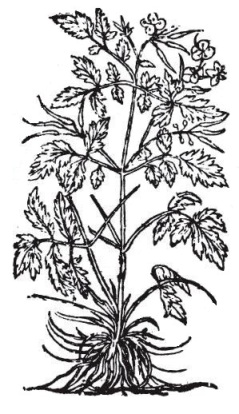 Botanical illustration of greater celandine (Chelidonium majus)
Botanical illustration of greater celandine (Chelidonium majus)